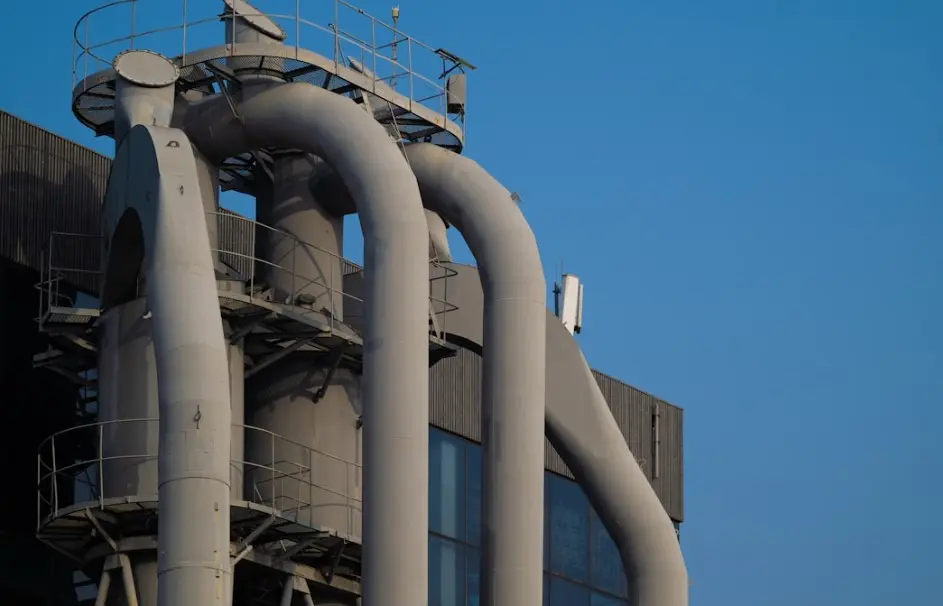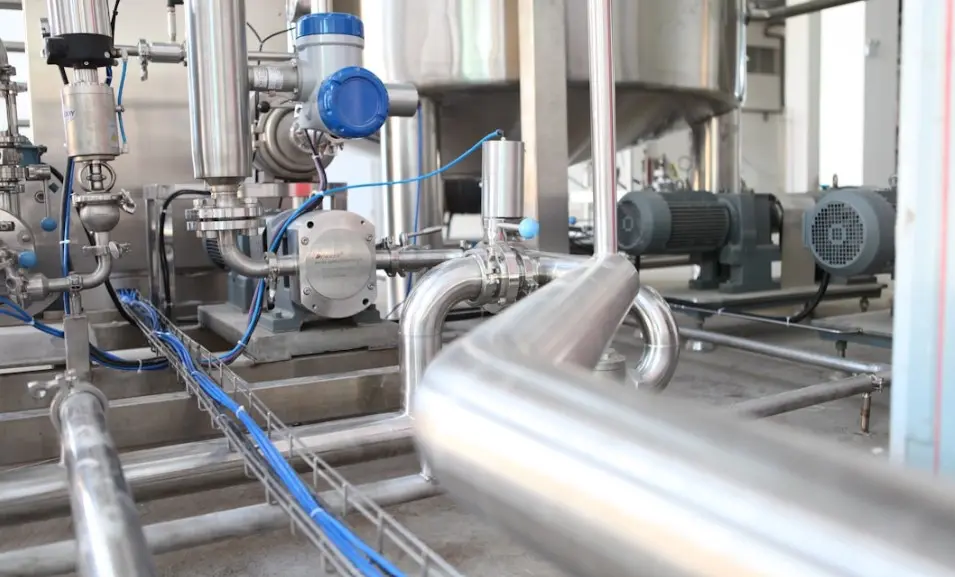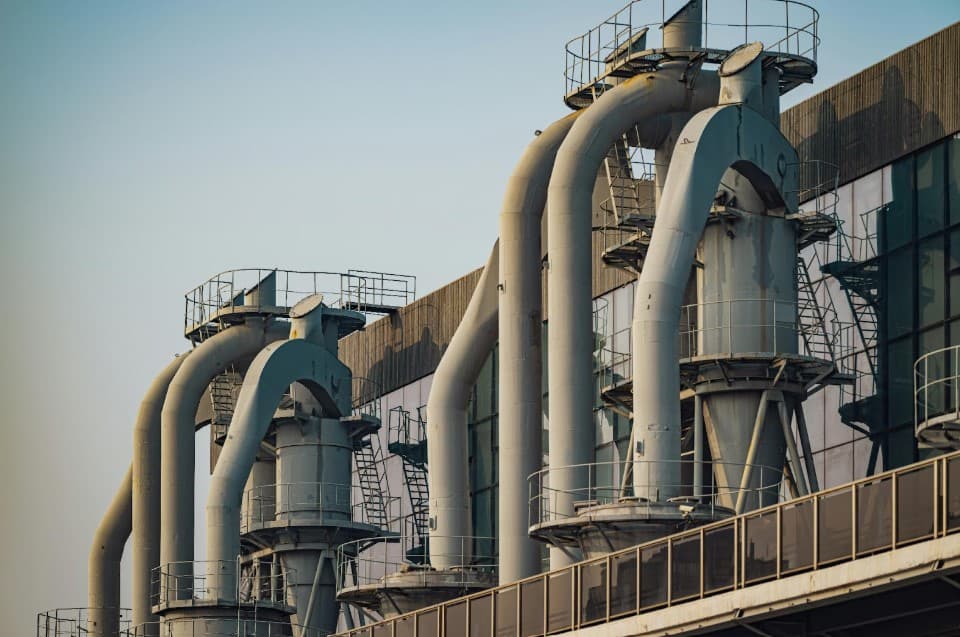Selecting the right heat exchanger for your industrial facility is crucial for maximizing operational efficiency and energy savings. The right system will ensure effective heat transfer while minimizing maintenance and energy consumption. Several factors need to be carefully considered when evaluating different options. Below, we will explore key elements to guide your decision-making process. Keep reading to learn how to choose the ideal system for your needs and optimize your facility’s performance
Key Factors to Consider When Selecting a Heat Exchanger

When evaluating heat exchangers, the type of fluid used in the process must be considered. The heat exchanger should be compatible with the temperature and pressure requirements of the processed fluids. These characteristics will influence the material selection, which is vital in maintaining system integrity. An industrial heat exchanger designed for specific fluids ensures optimal performance and longevity.
Another critical factor to assess is the heat transfer rate. It directly impacts the heat exchanger’s effectiveness and the system’s overall energy efficiency. A higher heat transfer rate typically leads to improved performance and long-term cost savings.
Space limitations within the facility are often a factor in heat exchanger selection. The unit’s physical size should be compatible with the available space for installation and maintenance. Compact designs are available for limited spaces but may be more expensive.
The maintenance requirements of different heat exchangers also vary significantly. Units with simpler designs generally require less upkeep, whereas more intricate systems may need regular inspections and servicing. Assessing the long-term maintenance needs will help reduce unexpected operational costs.
Comparing Different Types of Heat Exchangers
Plate heat exchangers are popular for their compact size and high thermal efficiency. They use multiple thin plates to facilitate heat exchange, making them ideal for space-constrained applications. Their design allows for easy cleaning, which makes them suitable for industries that require frequent maintenance.
Shell and tube heat exchangers are a more traditional option that excels in applications involving large flow rates and high pressures. Their design consists of tubes housed within a shell, allowing fluids to flow through the tubes while another fluid flows around them. These heat exchangers are typically more durable but may take up more space.
Air-cooled heat exchangers use air to remove heat from fluids and are often employed in environments where water is scarce. They do not require cooling water, which makes them a more eco-friendly and cost-effective option for some industries. However, they may be less efficient than water-cooled units regarding heat transfer rates.
Double-pipe heat exchangers are one of the simplest designs and are ideal for small-scale applications. They consist of one pipe inside another, with hot and cold fluids flowing in opposite directions. While these units are easy to maintain and cost-effective, they may not be suitable for large-scale industrial operations.
Optimizing Performance and Efficiency for Your Facility

Proper sizing is essential for optimizing heat exchanger performance. Oversized units can lead to unnecessary energy consumption, while undersized units may fail to provide adequate heat transfer. A precise calculation based on your facility’s needs will ensure the system operates efficiently without excessive energy use.
Choosing materials resistant to corrosion and scaling can significantly enhance the lifespan and performance of your heat exchanger. For durability, materials like stainless steel, titanium, and alloys are commonly used. Depending on the fluids involved, corrosion-resistant materials will reduce downtime and maintenance costs.
Operating conditions such as temperature fluctuations and pressure variations should be carefully monitored to prevent damage. Heat exchangers designed to operate within a specific range of conditions will perform better over time. Implementing a monitoring system can help detect any deviations from optimal conditions.
Regular cleaning and maintenance routines are essential for preserving the system’s efficiency. Depending on the type of heat exchanger, scaling, fouling, and other deposits can reduce heat transfer efficiency. Scheduling periodic inspections and cleanings will ensure that the unit continues to operate at its peak performance.
Overall, selecting the right heat exchanger for your industrial facility requires careful consideration of factors like fluid type, heat transfer rate, material durability, and space constraints. By optimizing these elements, choosing the appropriate materials, and maintaining regular upkeep, you can ensure improved efficiency, reduced operational costs, and long-term success for your facility.
Also read-Home Buying Tips for Families Looking for Comfort and Community
